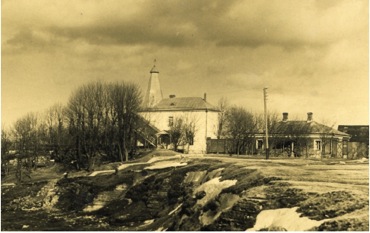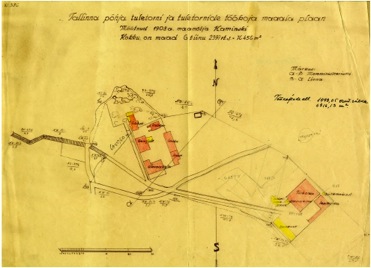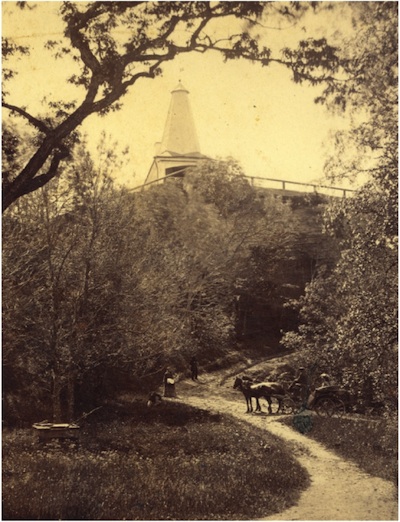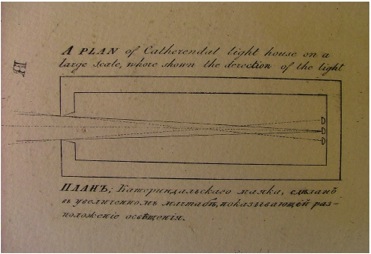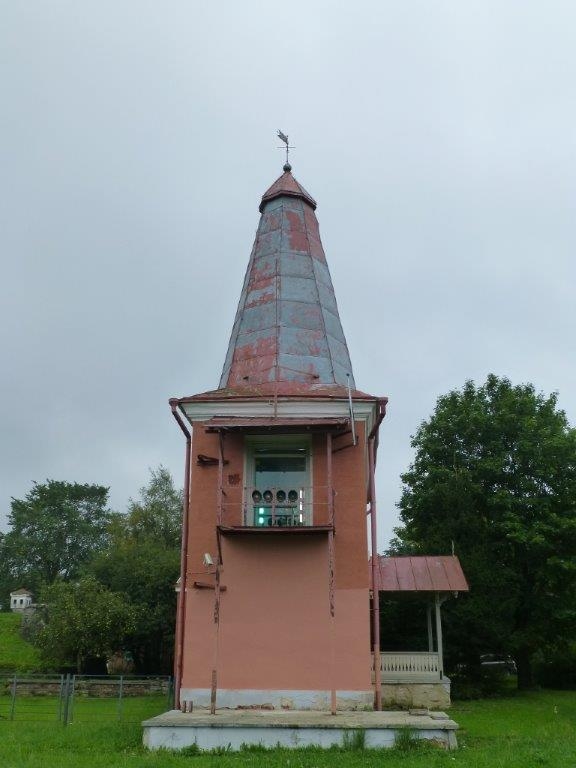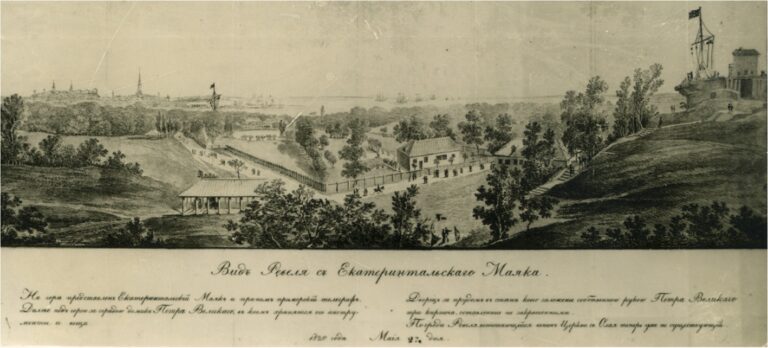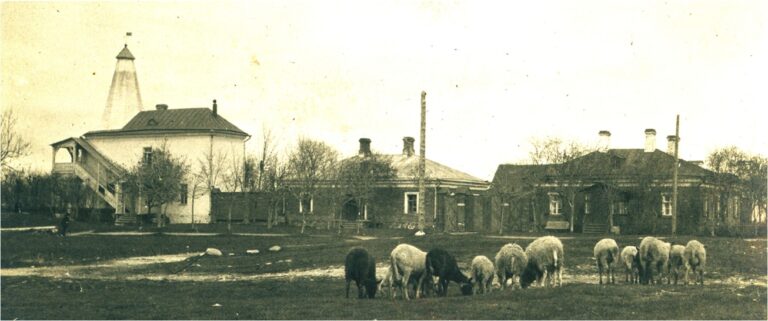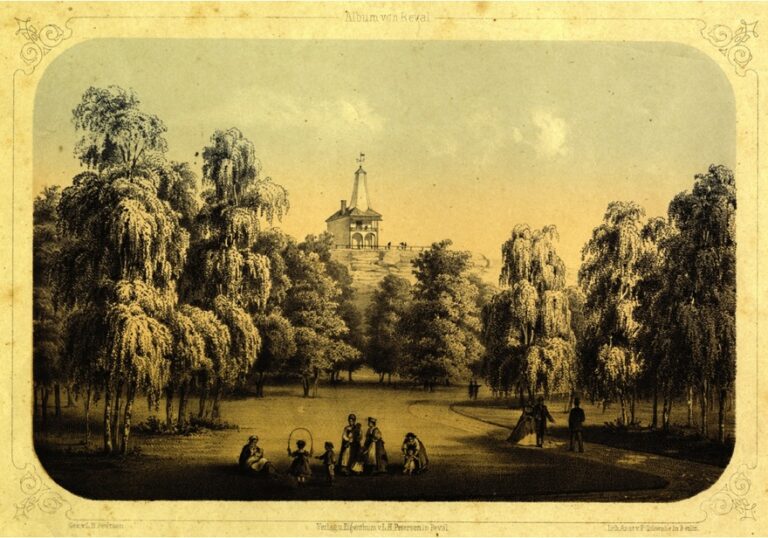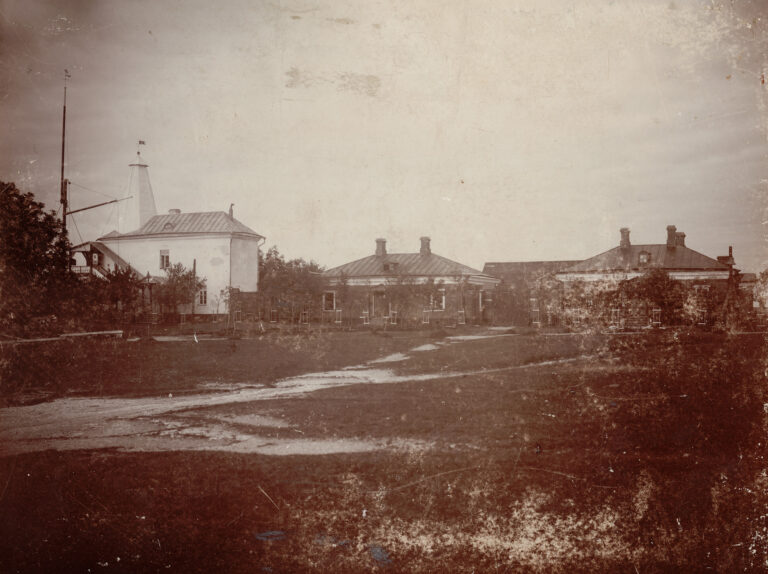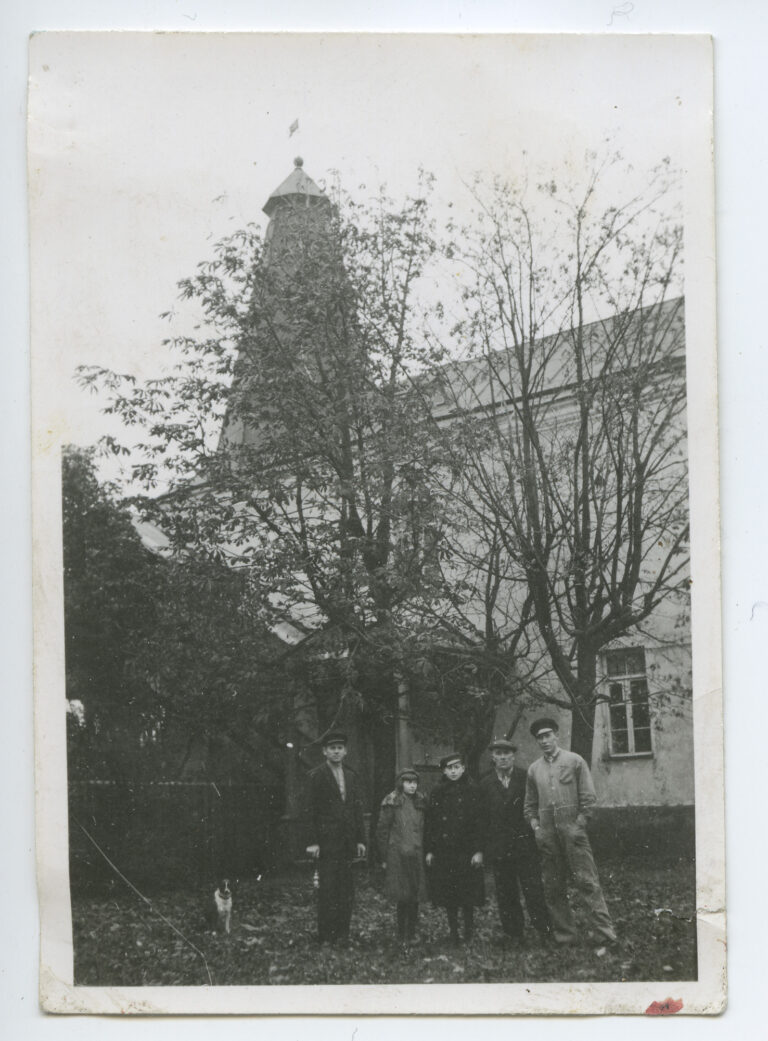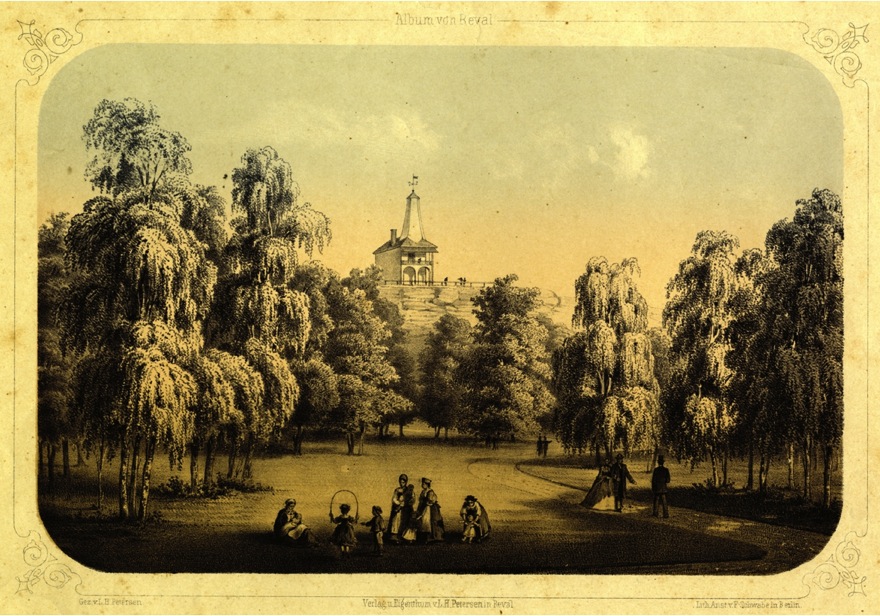
Tallinn (Katharinenthal, White, North) lower lighthouse is located on the high limestone cliff of Lasnamäe in Tallinn. The Tallinn range, consisting of the lower and upper lighthouses, allows for a safe entrance to Tallinn's roadstead from the north of the Gulf of Finland. The lighthouse's narrow light sector helps navigate around the shoals in Tallinn Bay.
In 1805, the Admiralty Department decided to build a lighthouse on the high limestone ridge behind Kadriorg Park to make the approach to Tallinn's harbor safer. In 1806, a two-story rectangular plastered limestone building with a white finish was completed. When the Admiralty Department established the crew sizes and maintenance costs for the lighthouses in 1807, the smallest crew was assigned to the newly constructed Tallinn lower lighthouse — two keepers. The lighthouse's lighting apparatus was located on the second floor in a long room along the southern wall and consisted of 5 oil lamps and a reflector that directed the light through a narrow window opening on the opposite wall towards the sea. The light from the second-floor window on the north side of the lighthouse's façade was visible to ships only in a narrow sector, indicating the sea route between the Littegrund shoal and Aegna reef. The light was strongest in the middle of the sector and weakened towards the edges. Although the building itself was relatively low, the light's height above sea level was 49 meters due to its high location. A semaphore mast was installed next to the lighthouse for communication with ships.
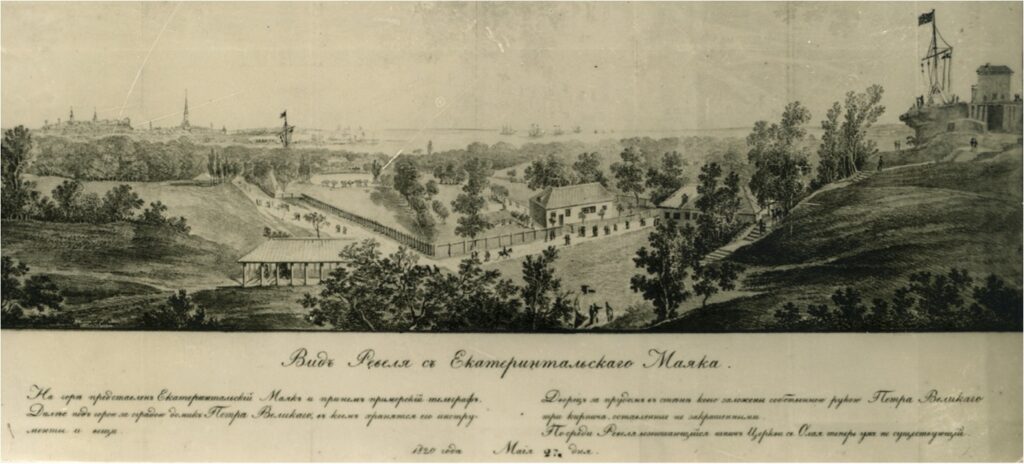
After the upper range lighthouse was completed in 1839, a conical octagonal wooden tower cap, covered with metal and painted green, was built over the northern part of the lower lighthouse. This helped distinguish the lighthouse from other structures during the day and, together with the upper lighthouse, defined a safe route for entering Tallinn Bay. The 18-meter height achieved with the construction of the tower cap has remained the same to this day.
Over the years, several light devices have been replaced as ship captains complained about the poorly visible light sector of the lighthouse. Different lights were tested in 1861 and 1862, and in 1873, a new device was ordered from England, a fixed light dioptric sector lamp. In 1878, Tallinn's lower lighthouse operated with an oil lamp, the light of which, located 49 meters above sea level, was visible up to 14.5 miles away. By 1906, the lighthouse had a gasoline vapor lamp. In 1909, the lighthouse had a telegraph connection, and in 1916, it had a telephone connection to the city of Tallinn. In 1914, the visibility of the fixed light was 19 miles. The tower cap, which had been white in 1904, was painted orange by 1914. By 1922, the white-walled tower cap had been painted yellow, by 1928 green, and in 1932, the lighthouse was painted red.
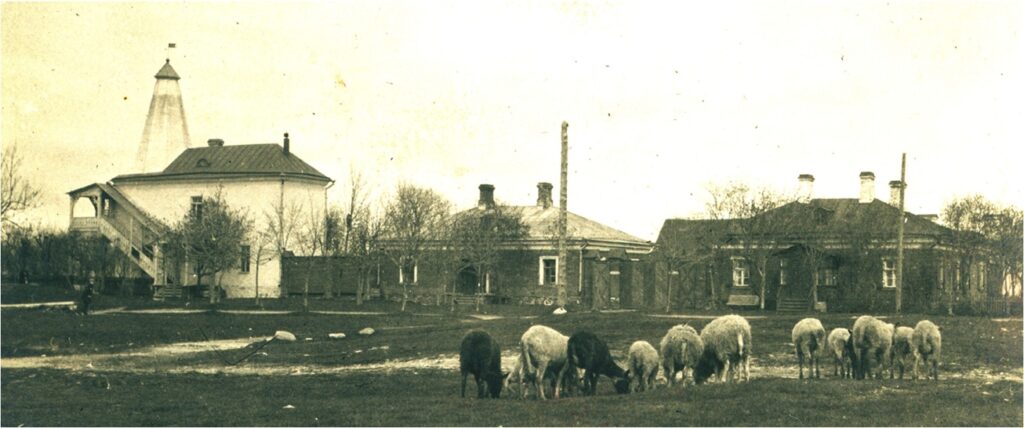
In 1950, in addition to the main lantern, there was a reserve lantern in the lantern room, whose light character was the same as that of the main lantern, with visibility of only 11 miles. The lighthouse was also equipped with a radio beacon. The tower was thoroughly renovated in 1959, with the tower structure being replaced and the front wooden balcony being demolished. By 1979, a green sector, with a visibility of 13 miles and warning of the Naissaare shoal and Littegrund, had been added to the narrow white light sector of the fairway, from 156° to 165°. The lighthouse operated 24 hours a day.
In 2000, external and internal restoration work was carried out, and all equipment except for the lantern was replaced. To this day, a unique optic lens produced in Paris in 1886 by the company Barbier & Fenestre Constructeurs is in use. The service buildings of the lighthouse, such as the inspector's residence, lighthouse keepers' residence, sauna, and basement, have largely remained in the form built in the second half of the 19th century. The lighthouse, along with the service buildings, is a cultural monument under state protection. In the first half of the 19th century, about 200 meters southeast of Tallinn's lower lighthouse, a workshop for the repair of lighthouse equipment was built in a former crown building, which operated until World War II. In the early 20th century, in addition to the mechanical workshop, the company had a boiler workshop, blacksmith's shop, shed, and artesian well. Apartments and a meteorological station were located on the workshop's second floor. The historic two-story limestone building has survived to this day.
